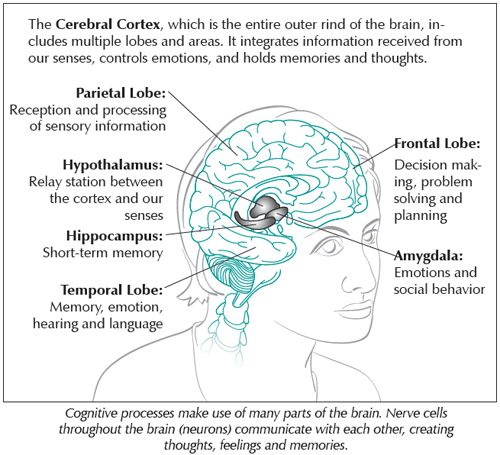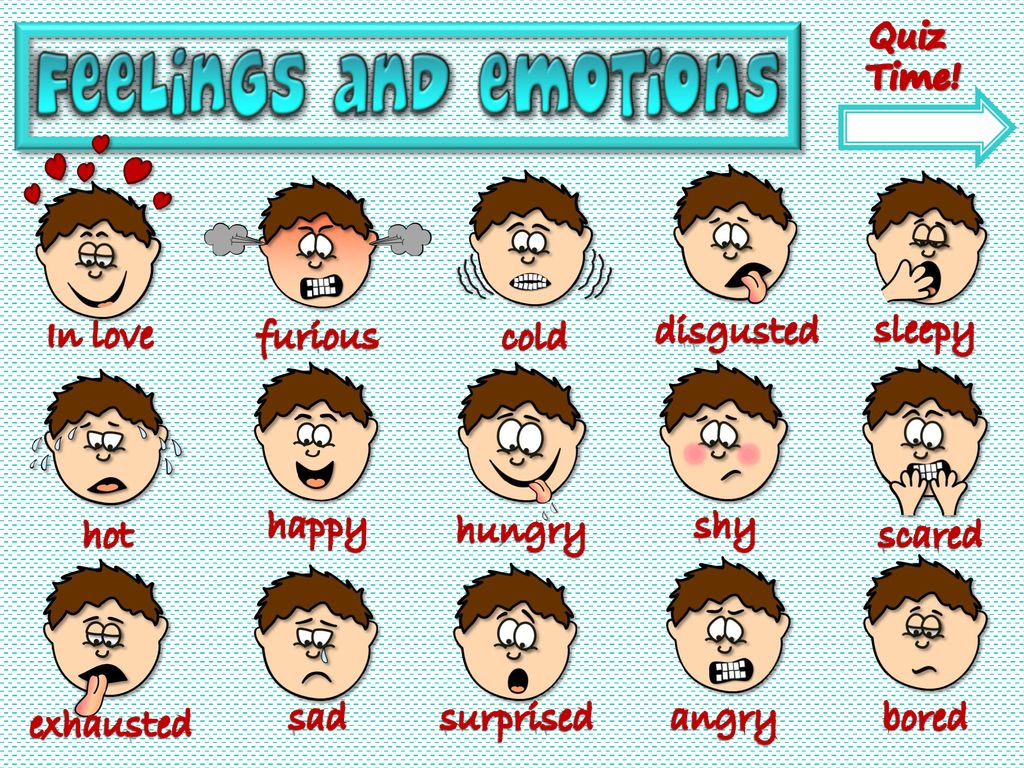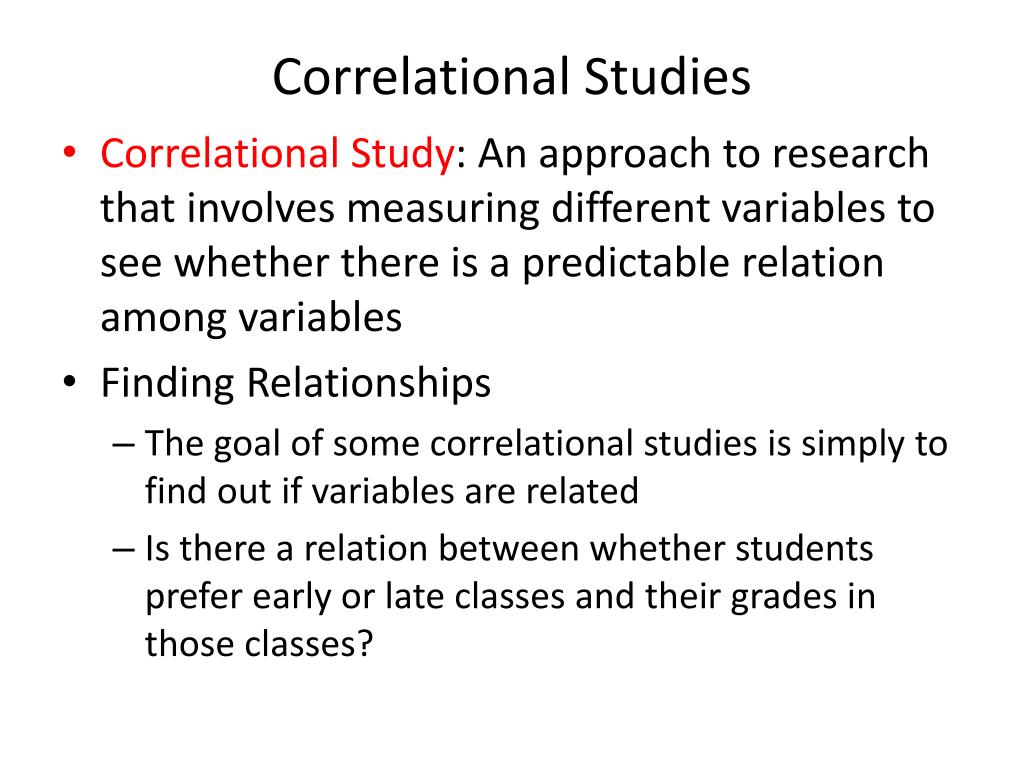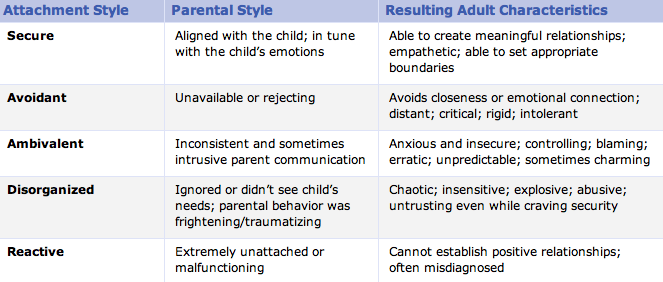Emotional lability definition
Mood Swings, Strong Feelings, and More
Written by Martin Taylor
Medically Reviewed by Poonam Sachdev on November 23, 2021
In this Article
- Labile Mood Symptoms
- What Causes Emotional Lability?
- How Do You Cope With Emotional Lability?
- Can Mindfulness Help Emotional Lability?
- Is There Treatment for Emotional Lability?
Emotional lability is characterized by rapid exaggerated changes in mood. You’ll feel strong emotions and feel like you can’t control your behavior and feelings. You will express your emotions more dramatically than usual. Labile mood symptoms include:
- Uncontrollable laughing
- Excessive crying
- Heightened irritability
- Moody temper
Labile Mood Symptoms
According to the DSM diagnostic criteria, affective lability and emotional dysregulation have overlapping symptoms. Affective lability is tied to bipolar disorder, whereas emotional dysregulation is connected to ADHD. Labile mood symptoms include:
- Excessive talking
- Being easily distracted
- Interrupting people and putting oneself in situations one hasn’t been invited into
- Physical restlessness and fidgeting
- Racing thoughts
- Trouble maintaining attention
Labile mood symptoms are mostly unpredictable compared to your “normal” reactions. These mood swings can be very dramatic and entirely uncontrollable. It can be hard to tell you're in the middle of an episode because of the randomness of the symptoms.
What Causes Emotional Lability?
Emotional lability is typically a result of damage to your brain that controls your awareness of emotions, ability to control how your feelings are expressed, and intense emotional responses.
Brain injury can cause the loss of emotional awareness. Having weaker emotional control and lower frustration tolerance can also cause extremes in your emotional feelings. You may not be as sensitive to others or your own emotions, which makes it harder to control your behavior.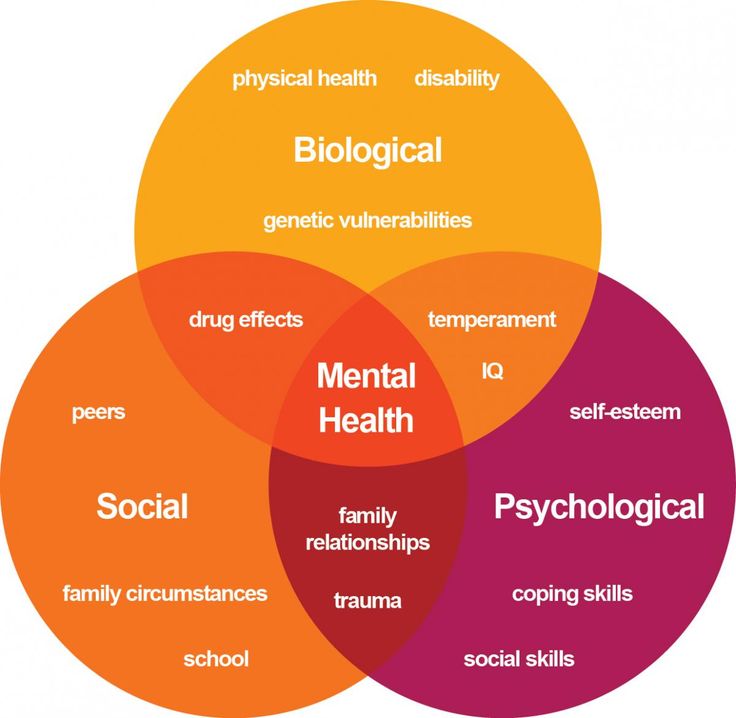
If you have emotional lability, you may have feelings come out of nowhere and overwhelm you. You may, for instance, start crying for an unknown reason. Emotional lability can also cause you to overreact to people or things happening around you. For example, you may become more emotional at a sad or funny movie.
How Do You Cope With Emotional Lability?
Coping with emotional lability will take time and patience. Understanding your triggers can help you know what to avoid and what will set you off. Triggers may include, but are not limited to:
- Fatigue and excessive tiredness
- Stress and anxiety
- Excess noise and stimulation
- Feelings of being under pressure
- Very sad or funny situations
- Certain topics of discussion
- Deaths of loved ones
- Public speaking
Here are some ways that you can deal with emotional lability:
Take a break. Building in breaks during your day can keep you from feeling overwhelmed. When you take a break, you can regain control of your feelings. Your break may be a few minutes or over an hour. It depends on how much time you need. You can take a break by going on a walk or coloring in an adult coloring book. Just do something that takes your mind away from your strong emotions.
When you take a break, you can regain control of your feelings. Your break may be a few minutes or over an hour. It depends on how much time you need. You can take a break by going on a walk or coloring in an adult coloring book. Just do something that takes your mind away from your strong emotions.
Ignore the behavior. Getting others not to acknowledge your emotional lability can also help you ignore the behavior. If you’re around someone with emotional lability, you should avoid laughing with the person experiencing it. Also, not bringing too much attention to these emotions and trying to change the topic or ignore the trigger may help.
Cognitive techniques. Using mental strategies can help you manage your emotional lability. You can discuss the proper techniques with your psychologist. Some of these strategies include:
- Relaxing and engaging in breathing exercises
- Distracting yourself by thinking of a peaceful image or picture
- Going for a walk
- Having a cold drink
Can Mindfulness Help Emotional Lability?
Some studies have shown benefits of mindfulness-based intervention for emotional lability. These practices help promote non-judgemental attention to your present situation. Practicing mindfulness can help you accept challenging circumstances or feelings.
These practices help promote non-judgemental attention to your present situation. Practicing mindfulness can help you accept challenging circumstances or feelings.
According to some studies, mindfulness seems to be more effective the longer you do it. Rather than getting the true effects in your first session, it takes practice, time, and consistency to see the full benefits. Practicing mindfulness can also help decrease your anxiety and emotional suppression that comes with emotional lability.
Is There Treatment for Emotional Lability?
Emotional lability is not a condition someone typically has their whole life. It is most often a disorder that’s developed following a brain injury, which may heal over time. Emotional lability typically comes with a lot of other changes, like the inability to work, drive, and maintain your previous quality of life. These sudden changes can make your emotional lability worse and may also lead to depression and anxiety.
It’s best to seek extra support from a therapist or psychologist.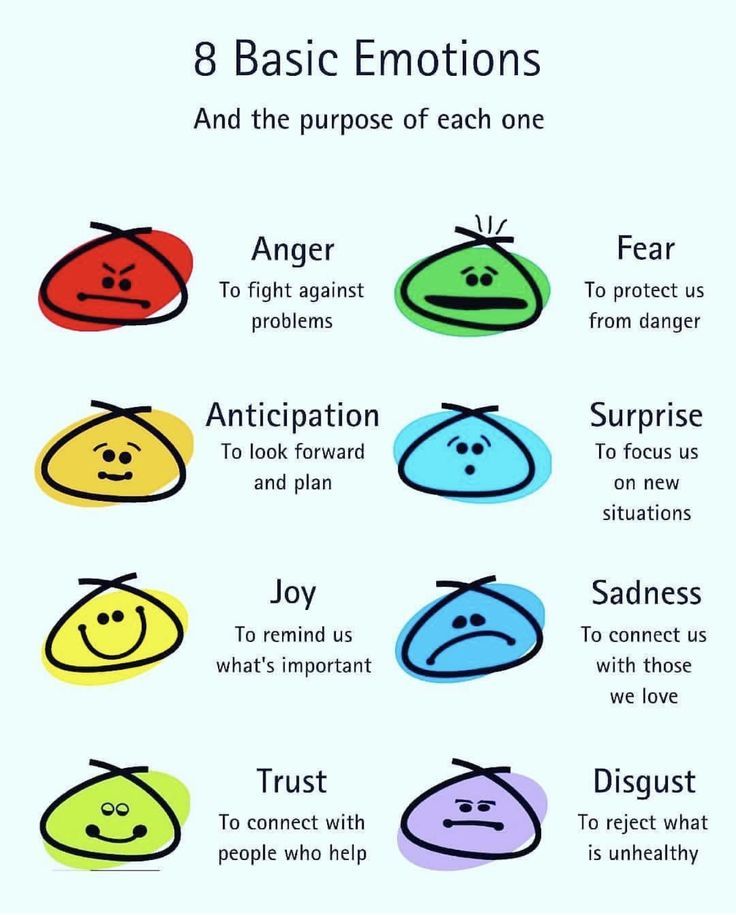 You can talk to your doctor about emotional lability treatment. During these times, it’s best to surround yourself with a good support group. They’ll all be able to help you cope with the changes happening in your life.
You can talk to your doctor about emotional lability treatment. During these times, it’s best to surround yourself with a good support group. They’ll all be able to help you cope with the changes happening in your life.
Symptoms, Stroke, Other Causes, and Treatment
What is emotional lability?
Emotional lability is a neurological condition that causes uncontrollable laughing or crying, often at inappropriate times. It tends to affect people with preexisting neurological conditions or injuries.
It has many other names, including:
- pathological laughing and crying
- pseudobulbar affect
- affective lability
- emotionalism
- emotional incontinence
- involuntary emotional expression disorder
While the symptoms of emotional lability seem psychological, they’re actually a result of changes to the part of your brain that’s responsible for emotional control.
The main symptoms of emotional lability are uncontrollable outbursts of crying or laughing. These outbursts are usually an exaggerated or inappropriately intense emotional reaction. They can also be completely unrelated to your current emotional state. For example, you might start laughing uncontrollably when you’re upset.
These outbursts are usually an exaggerated or inappropriately intense emotional reaction. They can also be completely unrelated to your current emotional state. For example, you might start laughing uncontrollably when you’re upset.
Other symptoms of emotional lability include:
- short emotional outbursts that don’t last for more than a few minutes
- mixed emotional outbursts, such as laughing that turns into crying
- lack of emotional symptoms between episodes
- laughing or crying in situations that other people don’t find funny or sad
- emotional responses that are over-the-top for the situation
- emotional outbursts that are very different from your usual behavior
Emotional lability often occurs after a stroke. According to the National Stroke Association, more than half of stroke survivors have symptoms of emotional lability.
Strokes happen when a blood vessel in your brain bursts or something cuts of your brain’s blood supply. This causes brain cells to start dying within minutes, which can damage the parts of your brain responsible for memory, language, and emotion.
This causes brain cells to start dying within minutes, which can damage the parts of your brain responsible for memory, language, and emotion.
Researchers aren’t sure about the exact cause of emotional lability after a stroke. However, the most popular theory suggests it’s related to damage to the connections between the brainstem and frontal lobes.
Emotional lability is often misdiagnosed as depression or another mental health condition. To make getting a diagnosis easier, try to keep a journal of your symptoms, including when they occur and how long they last. If possible, note your general mood and emotional state between outbursts. If you don’t notice any emotional symptoms between episodes, it’s a good indicator that you likely have emotional lability, rather than a psychological condition.
Make sure to tell your doctor about any recent head injuries or underlying conditions. You might also find it helpful to bring along a loved one who’s observed your emotional outbursts.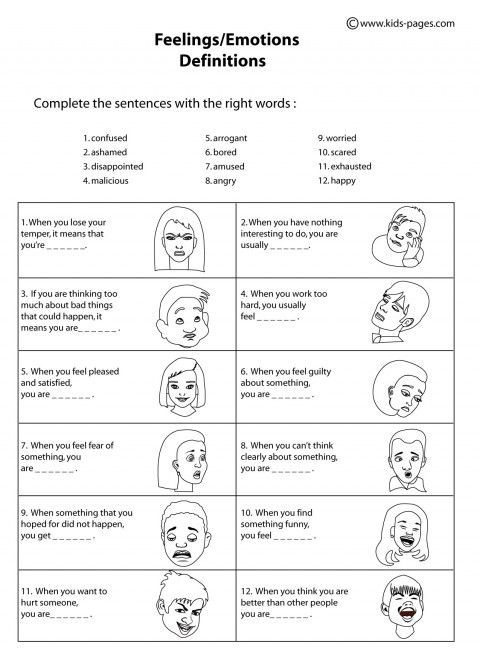
While there’s no specific test for diagnosing emotional lability, your doctor will ask you a series of questions about your medical history and moods to confirm the diagnosis.
More mild cases of emotional lability may not need treatment. However, if it causes significant stress, certain medications can help to reduce the severity and frequency of your outbursts. This can make the condition much more manageable and less destructive in social situations.
Medications often used to treat emotional lability include:
Dextromethorphan hydrobromide and quinidine sulfate (Nuedexta)
Nuedexta is currently the only medication approved by the Food and Drug Administration (FDA) to specifically treat emotional lability. Clinical studies in people with neurological conditions found that it reduced the frequency of emotional outbursts by about half.
Antidepressants
Low doses of antidepressants may reduce the intensity of your emotional outbursts and make them occur less often.
Although antidepressants can alleviate the symptoms of emotional lability, they aren’t approved by the FDA to treat the condition. When a drug is used to treat a condition it hasn’t received FDA approval for, it’s known as off-label drug usage.
Living with emotional lability can be frustrating, especially if it makes it hard for you to participate in social situations or those close to you don’t understand your condition.
Here are a few tips for coping with emotional lability:
- Take frequent breaks from social situations to calm yourself.
- Look for a local support group or online community to meet other people dealing with the condition that caused your emotional lability.
- Practice slow breathing techniques and focus on your breath during episodes.
- Figure out what triggers your episodes, such as stress or fatigue.
- Distract yourself from rising emotions with a change of activity or position.
- Distract yourself by counting objects in the room or counting your breath.

- If you have an episode, try to move on with your day and avoid dwelling on it.
- Prepare a short explanation to give to people who may be confused by your behavior, such as: “Since my stroke, I giggle sometimes. Just ignore it.”
The long-term outlook for people with emotional lability depends on the underlying cause. If you have permanent brain damage from a stroke, you may continue to have outbursts for the rest of your life. However, over time, you may be able to identify things that trigger your outbursts or come up with ways to distract yourself when you feel one coming on.
If your episodes start to cause you a lot of stress, medication may also help. Work with your doctor to find treatment options that work best for you.
Emotional lability in children and adults
Emotional lability is mood instability. It occurs after stress, shocks, experiences and other significant events. This phenomenon is characterized by certain symptoms, signs and treatments.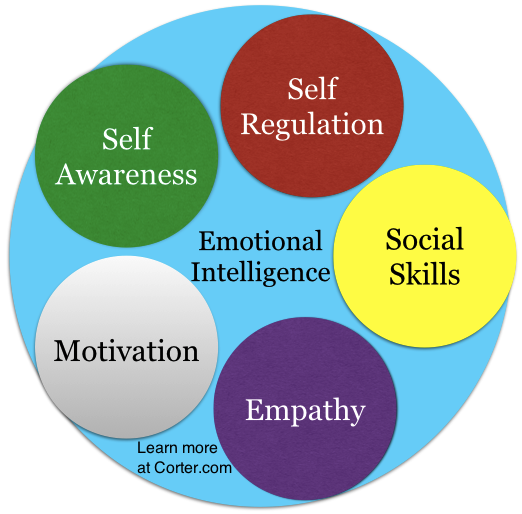
Human emotional lability is a pathology that is important to monitor and treat. An advanced stage can provoke the formation of more serious diseases.
The very word "lability" means mobility and instability. Simply put, the emotions of a particular person are changeable, rushing from one extreme to another, irritating not only the nervous system, but also those around them. In physiology, the term is used to refer to the mobility of cells and tissues, their response to a stimulus.
In psychiatry and psychology, emotional lability is a property of the psyche to respond with an inadequately expressed affect to an external event. For example, a person with a healthy psyche will calmly react to spilled coffee, and an "unhealthy" person can get very angry.
Increased emotional lability is indicative of the central manifestation of personality disorder disease, and is also a symptom of vascular diseases of the brain and endocrine diseases. Experts note that the elderly and children are most susceptible to this phenomenon.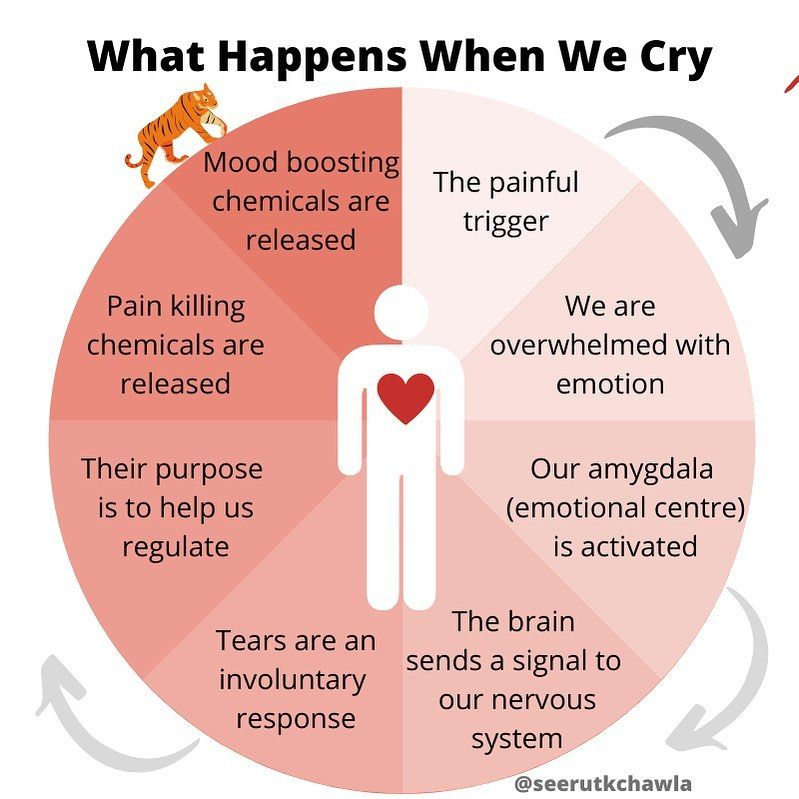
Emotional lability syndrome in children is associated with the knowledge of the world. Toddlers under 5 actively explore everything around: from the sand under their feet to the contents of upholstered furniture. Their reaction may be inappropriately vivid to the unexpected results of "research". For example, a soft and fluffy cat suddenly bit or released its claws. For an adult, this situation will be normal, but the child will be frightened and begin to scream. In this case, increased lability does not indicate pathologies and disorders.
For adults with a healthy psyche, increased emotional lability is not typical. Its signs speak of disorders in the body. The most common cause of pathology is stress.
Inadequate expression of emotions is characteristic of many people. Increased emotional lability, which manifests itself regularly, requires the intervention of a specialist and correction. Unfortunately, people often ignore such problems and prefer to call the disease a special character trait.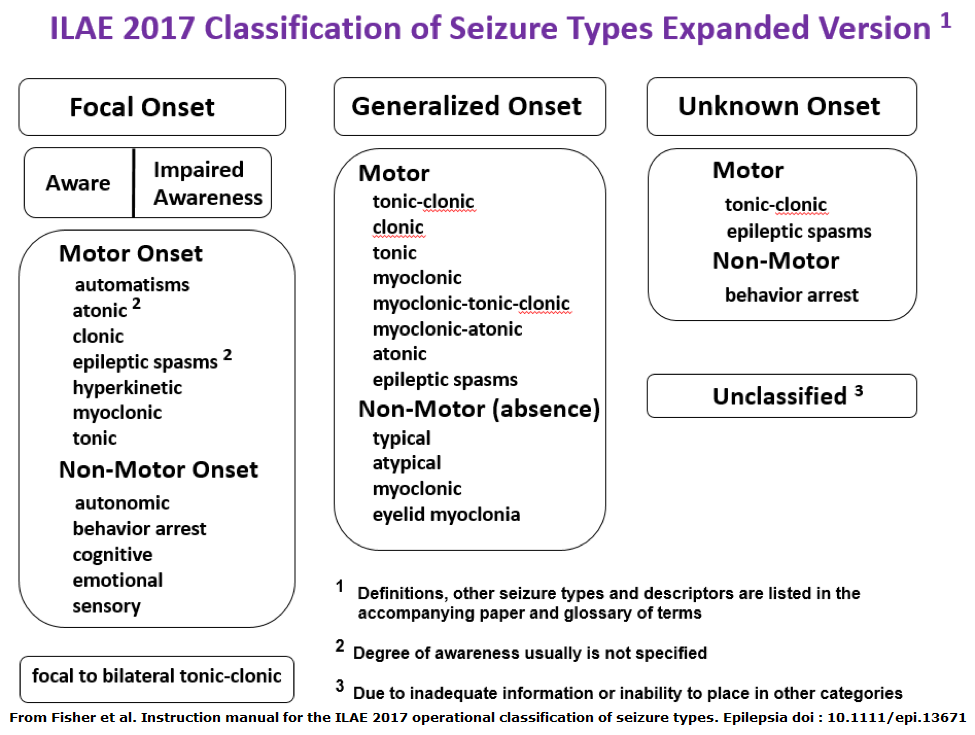
Unstable emotionality can flare up suddenly, be expressed in an inadequate attitude to certain events, and just as suddenly disappear. Short-term stress has such an effect on the nervous system. At the same time, similar cases do not signal serious mental health problems.
Disorder of expressiveness of emotions is formed due to the following reasons:
- prolonged stress;
- a situation that traumatizes the psyche;
- endocrine imbalance;
- vascular and neurological diseases;
- mental disorders.
Prolonged stress is the most common cause of increased emotional lability. In critical conditions, the body experiences difficulties with an adequate assessment of the situation, as a result of which intolerance to certain events arises.
A situation that traumatizes the psyche can knock out any person from the usual way of life. This may be the death of a loved one, a sudden change of residence, a failure in personal life.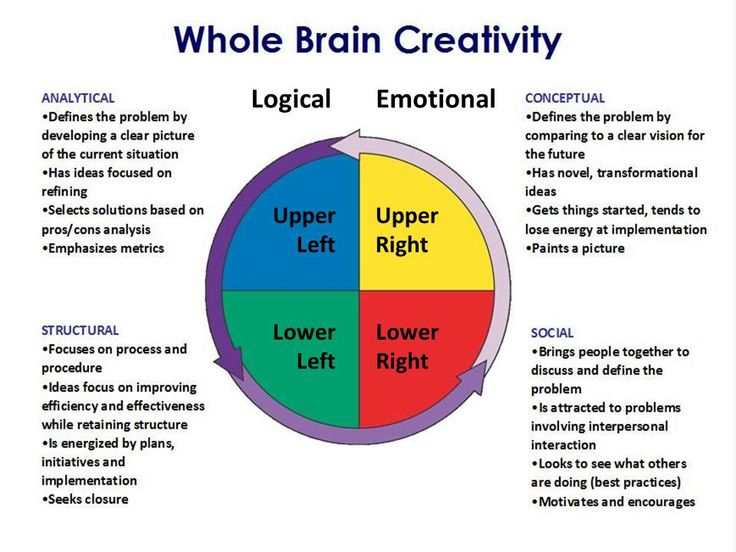 Any event that is important to a particular person.
Any event that is important to a particular person.
Endocrine imbalance, mental disorders, vascular and neurological diseases are problems in the body that require treatment. A pronounced emotional lability indicates that it is time to see a doctor and check your health.
The concept of emotional lability in adults consists of a definition and symptoms. Timely detection of signs of the disease will solve problems at an early stage of development and avoid great difficulties in the future.
Emotional lability: what is it in adults? Pathology is accompanied by symptoms, which can determine the presence of problems.
The very definition of the term suggests that emotional instability is expressed in the symptomatology. This is manifested in an inadequate reaction to familiar events.
Most often, people with the syndrome react sensitively to touching films and books, emotional conversations, small children and animals. They often cry, while they themselves cannot explain why.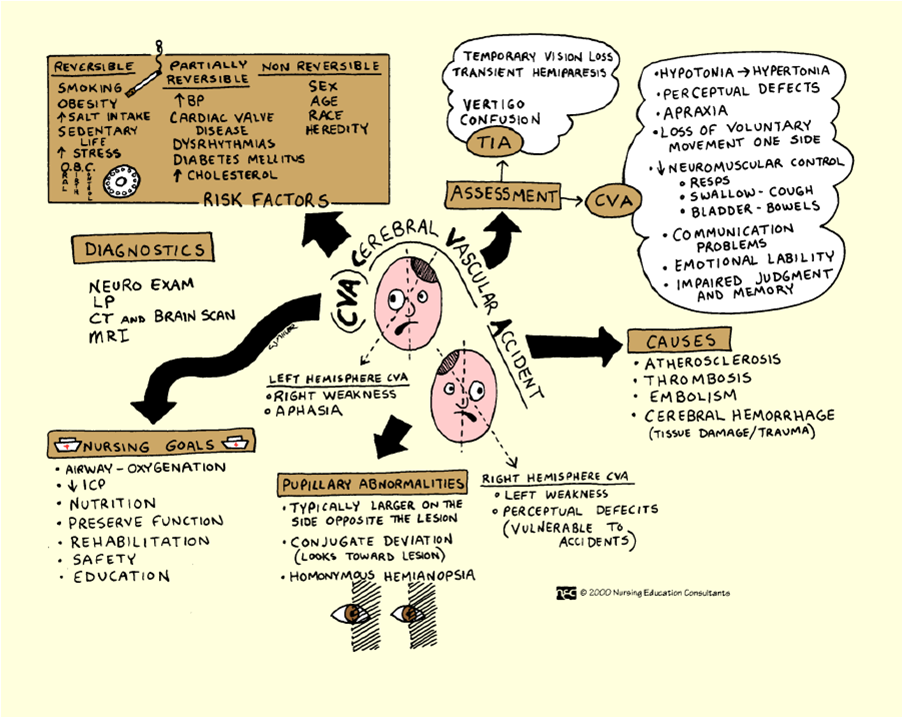 Yes, kittens and puppies are cute, but not to tears.
Yes, kittens and puppies are cute, but not to tears.
Aggression and auto-aggression also take place. In most cases, they flare up abruptly and subside just as abruptly. This symptom is considered a defensive reaction when people try to hide their problems. An unobtrusive question about well-being or mood can lead to inadequate screaming and attempts to avoid answering.
Frequent mood swings are a prominent symptom. A person can enthusiastically play a game for 20 minutes, and in a minute decide that all this is nonsense and a waste of time. May be interested in studying the repertoire of the cinema and planning a visit to the session, and later quit this business and burst into tears.
The next symptom is expressed in passion for work. For example, the constant search for a new hobby and the rapid loss of interest indicate emotional lability. Immersion in the study of the history of Ancient China, a quick change from this hobby to cross-stitching, and then to football - all these are symptoms of pathology.
Let's single out the main symptoms of emotional lability syndrome:
- frequent mood swings;
- immoderate passion;
- aggression;
- auto-aggression;
- increased tearfulness.
All these symptoms are characteristic of each person at different periods of life. If you notice them, you do not need to immediately sound the alarm. It is worth thinking about help when they are expressed quite clearly and are repeated regularly.
Pathology in the form of emotional lability is of two types:
- border;
- impulsive.
Borderline type is expressed in apathy, frustration, indifference. A person subject to this type of lability expresses emotions weakly and inactively. There may be increased anxiety and absent-mindedness.
Impulsive type - the opposite of the borderline. People suffering from this type of pathology are characterized by a negative mood, anger, addiction to bad habits. Auto-aggression can result in suicidal tendencies, so it is important for such people to turn to specialists in a timely manner for help in solving problems.
Auto-aggression can result in suicidal tendencies, so it is important for such people to turn to specialists in a timely manner for help in solving problems.
Any type of emotional lability is destructive to the nervous system and mental health, which affects all areas of a person's life.
Inadequate manifestation of emotions is characteristic of people of different age categories. If in adults this is a pathology that requires correction, then does the same apply to children?
First of all, it must be said that a person is exposed to stress at any age. An adult can control his emotional state, but it is more difficult for children.
Adults influence the formation of the psyche and emotional state of the child. Peers also matter, but parents and other close people are more important. Children are stressed in equal measure from overprotectiveness and complete indifference from their parents. It is important to catch the balance that will allow the little person to grow into a healthy person.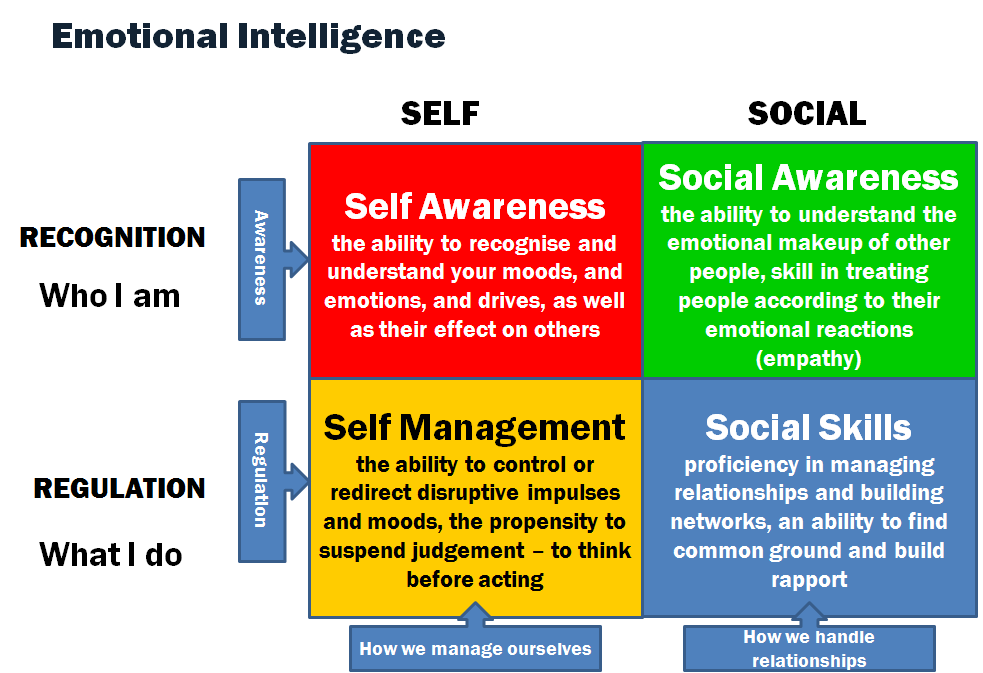
Regardless of upbringing, a child throws tantrums with screams and wallowing on the floor in the most inappropriate places. For the first time, he checks how adults will behave. If this situation is repeated regularly, the moment is lost. A small manipulator can play too much and get into the role so much that regular tantrums will lead to a constant tension of the nervous system, which results in emotional lability.
Emotional lability: what is it in children - lack of education, pathology or specificity? The regular manifestation of symptoms signals a problem, and a one-time “action” is a simple test of the degree of what is permitted.
As regards adolescents, the question remains open. During puberty and estrangement from parents, children experience a lot of stress due to changes in the body and appearance. In this regard, many of them face problems in communication, in choosing a hobby, in a strategy of behavior. The same algorithm works here: a regular and vivid manifestation of symptoms is a cry for help, rare manifestations are just a period of growing up.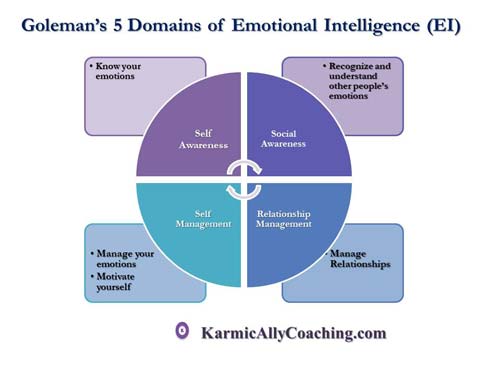
It does not matter who suffers from emotional lability - a child, an adult, a man, a woman, an elderly person. Anyone may need help, so it is important to apply correction methods and seek treatment from specialists.
Emotional lability and its treatment is an important aspect in shaping the personality of children. Adults also need correction, since the pathology does not disappear on its own. Before starting work with the nervous system, it is necessary to establish the cause of the symptoms.
If this is regular stress, you will have to find its root cause and try to eliminate it. If this is a disease of the cerebral cortex, endocrine or nervous system, therapy with a psychiatrist will be only a small part of the treatment program. In any case, it is worth undergoing an examination of the body and contacting a psychologist, psychiatrist or psychotherapist.
Doctors prescribe special drugs for adults that can control the emotional state and suppress outbursts of anger, aggression, expressiveness. The treatment of children's syndrome is different. Most drugs are intended only for adult patients, but other methods of work are used with a child.
The treatment of children's syndrome is different. Most drugs are intended only for adult patients, but other methods of work are used with a child.
To a greater extent, the correction of emotional lability in a child is influenced by parents. Adults should explain how to control emotions, deal with setbacks and overcome difficulties. It is upbringing that is capable of instilling self-control, calmness and adequacy in a child from early childhood.
Prevention of emotional lability is implemented throughout life. It can be conditionally divided into 4 important stages:
- child;
- teenager;
- adult;
- elderly.
Each life stage has its own characteristics. Tantrums and an unstable emotional state of the child are corrected by the patience and personal example of parents and other adults. Children are a mirror image of their parents, so you need to take care of yourself first of all.
Adolescents are a special category, because development during this period is characterized by rebelliousness.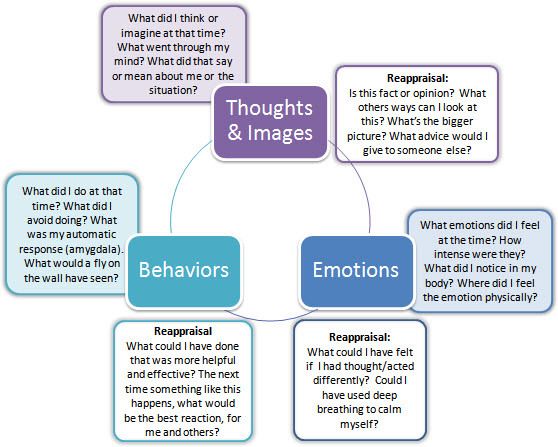 There are exceptions, but rare. It is important to talk to teenagers who are prone to emotional swings as adults and try to understand them. Shouts, threats and punishments will not lead to positive results. And again - a personal example. When a teenager sees that a parent is calm, trusts his child and adequately perceives information, then he himself becomes the same.
There are exceptions, but rare. It is important to talk to teenagers who are prone to emotional swings as adults and try to understand them. Shouts, threats and punishments will not lead to positive results. And again - a personal example. When a teenager sees that a parent is calm, trusts his child and adequately perceives information, then he himself becomes the same.
An adult must independently control himself and monitor outbursts of emotions. Ignoring the problem does not contribute to its solution, but only exacerbates the situation. Here it is important to listen to the opinions of loved ones. If they notice emotional instability, mood swings, and other symptoms, then you still need to watch yourself. In other words, for an adult, the prevention of emotional lability lies for the most part in self-control.
Older people are more likely to suffer from mental illness, such as senile dementia. Prevention for this category of people should be a continuation of work on oneself.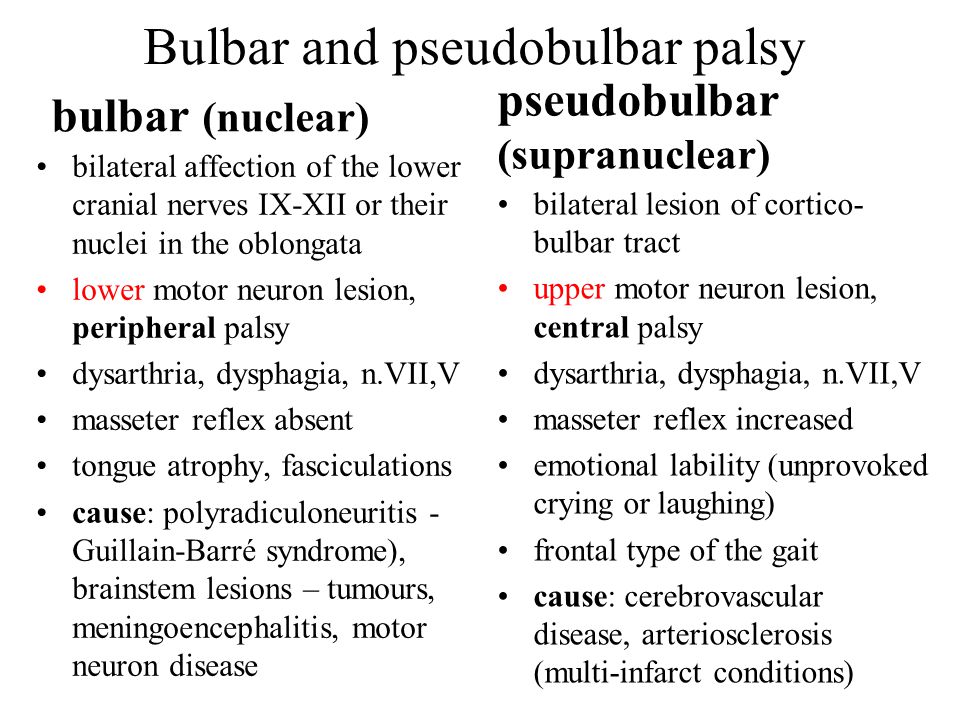 Tracking your emotional state will help you avoid serious problems in the future, so you need to avoid stressful situations and take care of your nervous system.
Tracking your emotional state will help you avoid serious problems in the future, so you need to avoid stressful situations and take care of your nervous system.
Human life is filled with stressful situations, problems and difficulties. Everyone has to overcome these difficulties, but not everyone can adequately perceive them. If from childhood a person gets used to the fact that all problems are solved by parents, in adulthood it will be quite difficult for her to cope with them on her own.
Emotional lability syndrome is familiar to most people. If you learn to control emotions, adequately assess difficulties, measure ambitions and opportunities, life becomes much easier.
Emotional lability is a deep field of knowledge in psychology. Specialists are constantly conducting research, studying the symptoms and methods of correction, developing treatment. The phenomenon affects both the physical condition of a person and his mental health.
Prevention of emotional lability for the most part consists in reflection and self-control.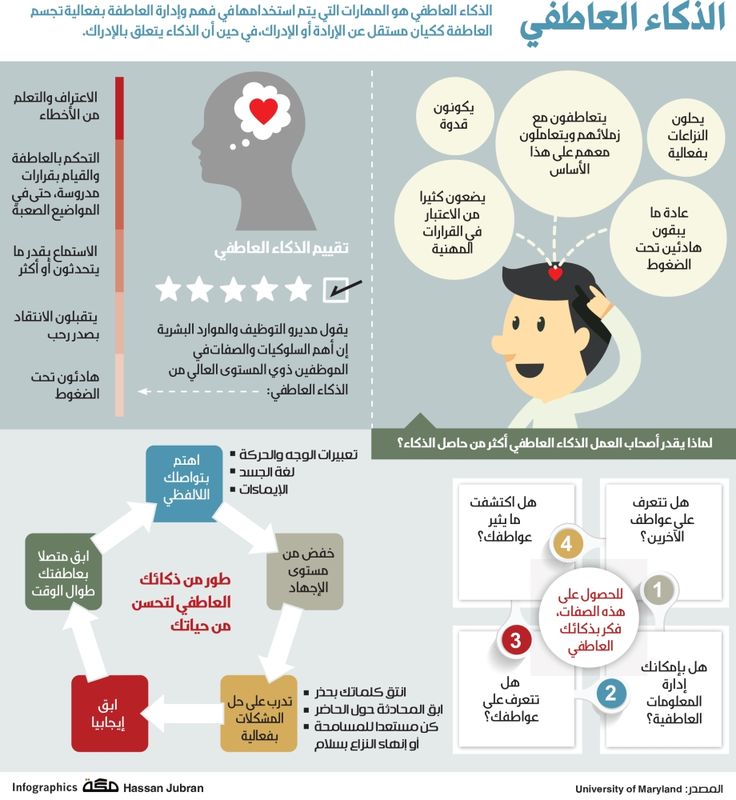 It is important to remember that the main ally of a person is himself.
It is important to remember that the main ally of a person is himself.
Sincerely, Department of psychological support and career guidance PSU
Dormitory №7 room 77, 81
Working tel.: 053379567
Emotional lability - causes, diagnosis and treatment
Increased emotional lability is a psychopathological symptom characterized by the ease of development of an affective reaction in response to mild and moderate stimuli. Patients are characterized by tearfulness, fearfulness, outbursts of irritation and anger, embarrassment, an open demonstration of joy. The mood is changeable, emotions are expressed, at the peak of experiences, self-control and the ability to objectively assess the situation are reduced. The main diagnostics is carried out by a psychiatrist, the method of conversation, observation and psychological testing is used. Treatment includes individual and group psychotherapy, family counseling, drug correction.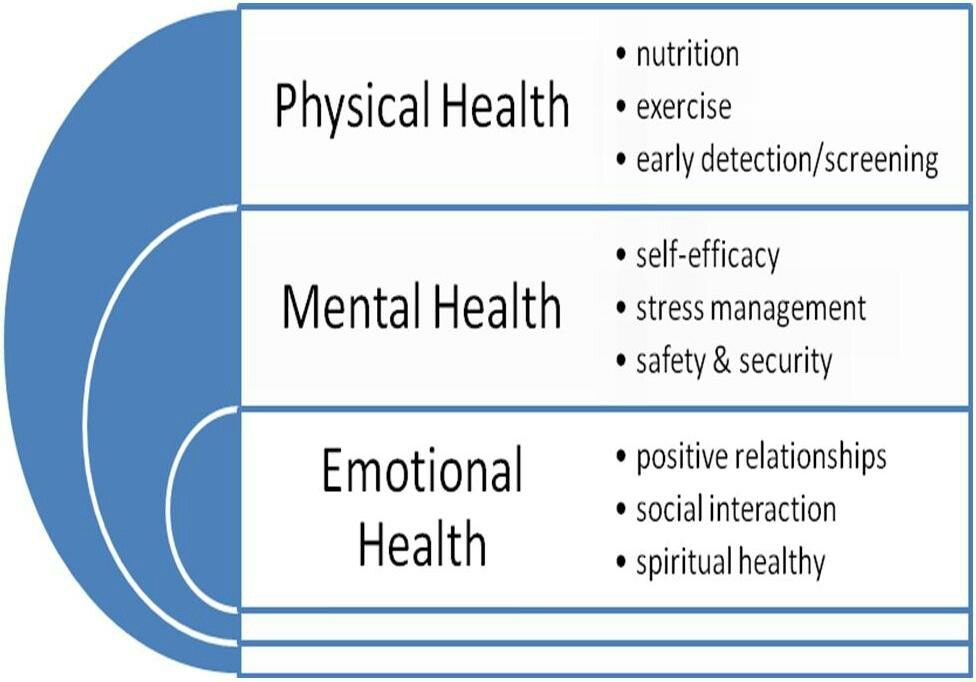
The term “lability” is translated as “instability, mobility”. The term is widely used in physiology to denote the rate of reaction of cells and tissues to the action of a stimulus. In psychology and psychiatry, increased emotional lability is understood as a pathological property of the psyche to give an inadequately expressed affect on an external event. It can be the central manifestation of the disease (with a personality disorder) or one of the symptoms of cerebrovascular syndrome, cerebrovascular diseases, endocrine pathologies. Epidemiological indicators range from 2 to 5%. Emotional lability is most common in children and the elderly.
Causes of emotional lability
Disorder of expressiveness of emotions occurs against the background of disorders of the central nervous system. Provoking factors are socio-psychological negative effects and somatic diseases that indirectly or directly affect the functions of the central nervous system.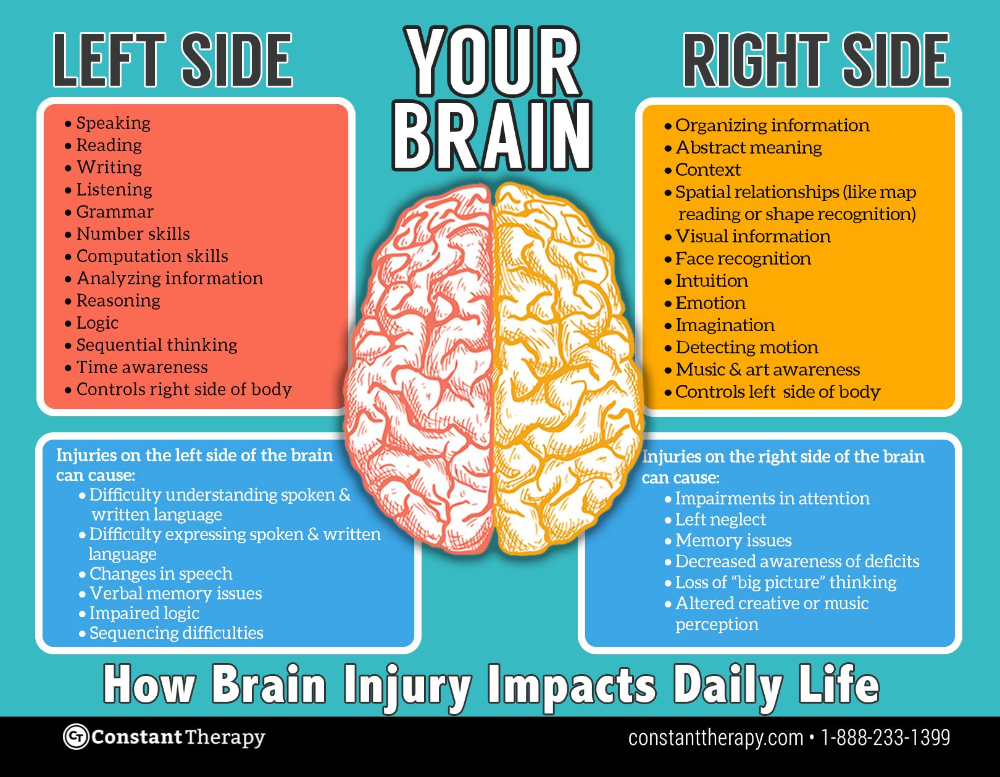 The most common causes of emotional instability include:
The most common causes of emotional instability include:
- Prolonged stress. Prolonged psycho-emotional stress depletes the body's ability to self-regulate. Affective lability is formed with periodic lack of sleep, intense physical and mental stress, interpersonal conflicts.
- Psychotraumatic situation. Emotional instability develops as a reaction to an unexpected adverse event. The reason may be the death of a loved one, divorce, an act of violence.
- Endocrine imbalance. Hormones affect the functioning of the brain regions responsible for emotions and behavior control. Emotional instability is often observed in adolescents during puberty, pregnant women, people with pathologies of the thyroid gland, adrenal glands.
- Vascular diseases. Risk factors are hypotension, hypertension, cerebral atherosclerosis, cerebral form of Buerger's disease. Affective disorders are based on changes in the blood supply to the nervous tissue
- Neurological diseases.
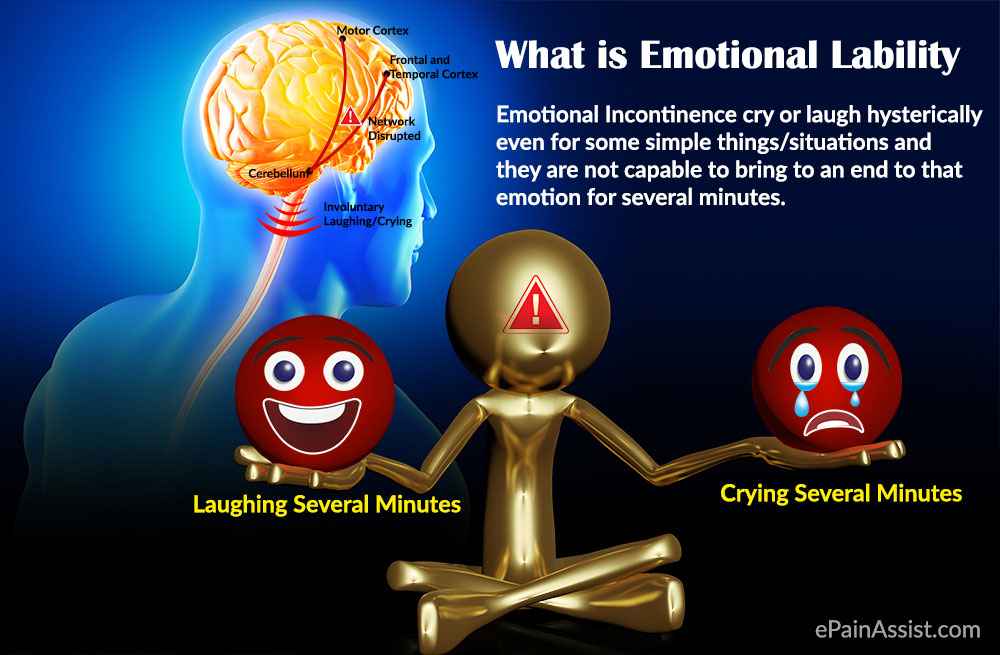 Emotional lability is a symptom of organic brain damage. It is found in craniocerebral injuries, tumors, neuroinfections, severe intoxications.
Emotional lability is a symptom of organic brain damage. It is found in craniocerebral injuries, tumors, neuroinfections, severe intoxications. - Mental disorders. Instability of emotions accompanies most neuroses, psychopathies, dementias. It is the central symptom in emotionally labile disorder.
Pathogenesis
Emotions reflect a person's direct attitude to objects and situations. Their expressiveness and orientation is an important component of the process of cognition of the surrounding world and one's own state. Increased emotional lability is a violation of the intensity of affective experiences. It occurs when there is an imbalance in the processes of excitation and inhibition in the nervous system with a predominant shift towards hyperactivation. Neural signal transmission is accelerated, focus is reduced. The severity of the emotional response becomes inadequate to the strength of the stimulus. At the same time, the content and orientation of experiences correspond to the situation.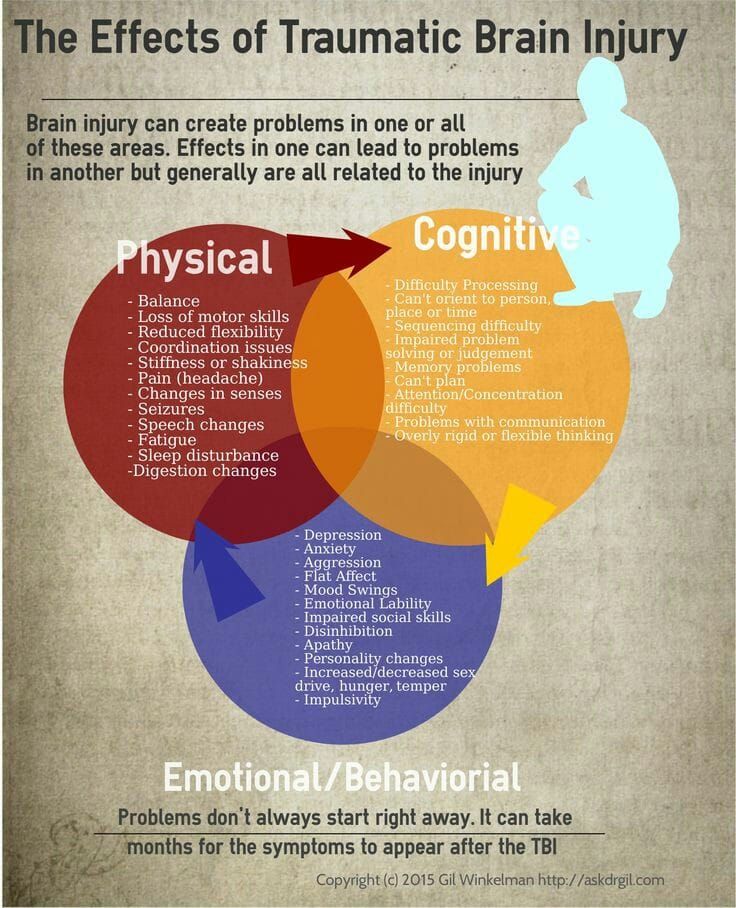 For example, a short separation from a loved one causes an uncontrollable attack of sobbing and crying.
For example, a short separation from a loved one causes an uncontrollable attack of sobbing and crying.
Symptoms of emotional lability
The main manifestations are excessive emotionality, frequent mood swings. The most noticeable is increased tearfulness. Crying is provoked by sad and pleasant events - watching a melodrama, watching a child's game, emotional conversation. Reactions of this type are characteristic of vascular pathologies, organic diseases of the brain, and asthenic syndrome. Outbursts of anger and rage are uncontrollable, but quickly fade away. Occur in everyday everyday situations, accompanied by frustration, dissatisfaction. Often they become the cause of impulsive aggressive and auto-aggressive actions - in a fit of anger, patients scream at children, bang their fists on the table, bruise themselves, provoke scandals.
Another common symptom is sensitivity to objections, criticism, rudeness, intolerance to the opinions of others.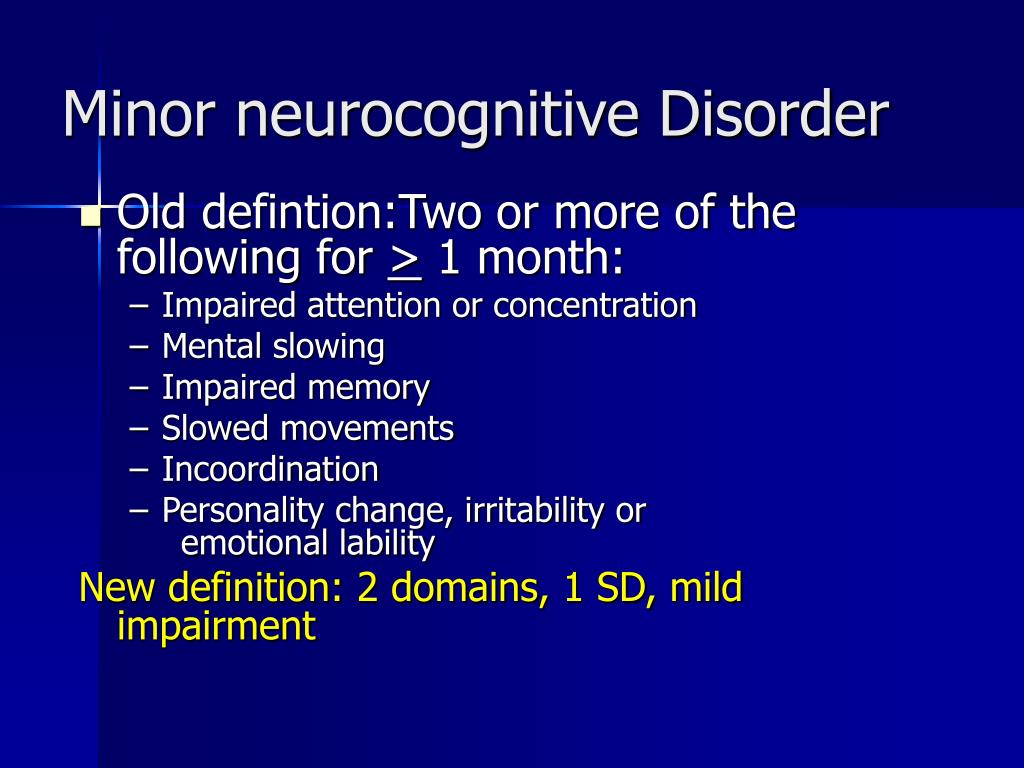 There is an uncontrollable desire to prove one's own innocence, to establish justice, to argue. At the height of passion, anger can suddenly be replaced by laughter or crying. Patients are characterized by increased fatigue, weakness, reduced performance. Sleep after experiences is superficial, restless, with frequent awakenings. Difficulties in concentration, rapid mood swings affect the ability to get involved in any business, to achieve goals. Patients are often in search of their vocation, trying different activities. They lack perseverance and focus.
There is an uncontrollable desire to prove one's own innocence, to establish justice, to argue. At the height of passion, anger can suddenly be replaced by laughter or crying. Patients are characterized by increased fatigue, weakness, reduced performance. Sleep after experiences is superficial, restless, with frequent awakenings. Difficulties in concentration, rapid mood swings affect the ability to get involved in any business, to achieve goals. Patients are often in search of their vocation, trying different activities. They lack perseverance and focus.
Emotional lability is characterized by frequent mood swings
Complications
Without treatment, emotionally labile patients experience constant mental stress and fatigue, provoke conflicts with others. Often this condition leads to depression, suicidal thoughts, isolation from society. Nervous exhaustion is manifested by chronic fatigue, the development or exacerbation of somatic diseases. Decreased motivation and focus prevent patients from seeking medical and psychological help on their own.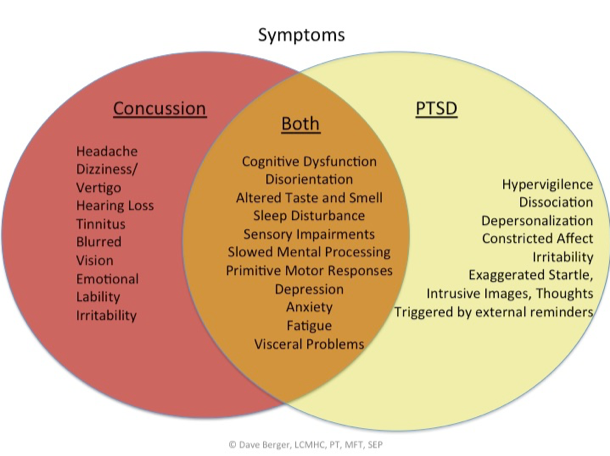 With the development of complications, they need the organizing and stimulating help of relatives.
With the development of complications, they need the organizing and stimulating help of relatives.
Diagnosis
When examining patients with emotional lability, the main attention is paid to the causes of this symptom, the definition of the underlying disease. The presence of affective instability is detected by a psychiatrist, for differential diagnosis, consultations of somatic specialists are prescribed: a therapist, neurologist, endocrinologist, cardiologist. Specific research methods are:
- Clinical conversation. Patients often talk about increased tearfulness, outbursts of anger, irritability, inability to control affective reactions, despite the understanding of their exaggeration, groundlessness. Often these symptoms are accompanied by quarrels at work and at home, general depression, depression.
- Surveillance. A conversation with a doctor is a stressful situation for patients, and therefore causes increased tension.
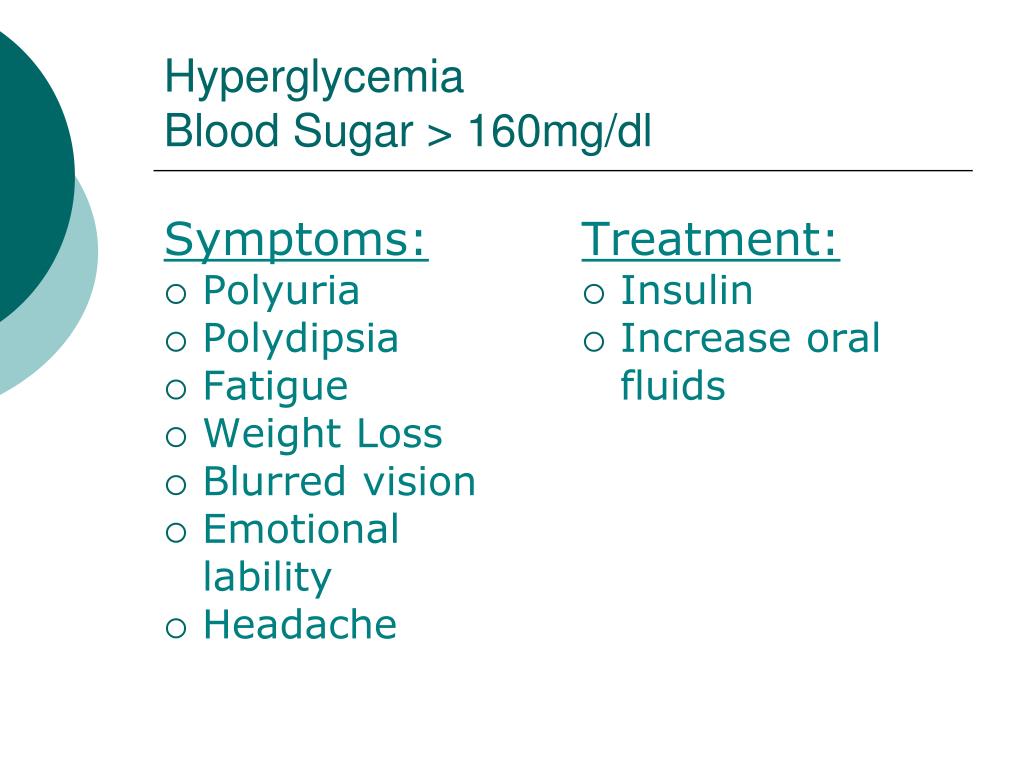 Patients react too emotionally to the questions of a specialist: they cannot find words from excitement, cry, and easily succumb to conflict provocation. They are restless in behavior, perform obsessive actions to relieve tension (they shake their legs, tap the table with a pencil, finger the edge of the clothes).
Patients react too emotionally to the questions of a specialist: they cannot find words from excitement, cry, and easily succumb to conflict provocation. They are restless in behavior, perform obsessive actions to relieve tension (they shake their legs, tap the table with a pencil, finger the edge of the clothes). - Psychodiagnostics. The specialist performs a study of the emotional and personal sphere using complex questionnaires (SMIL, 16-factor Cattell questionnaire, Eysenck questionnaire), as well as projective methods (drawing of a person, color selection method). According to the results, the psychologist assesses the presence of emotional lability, depression, reveals the likelihood of personality disorders, neuroses. If asthenic syndrome is suspected, tests are performed to assess performance (correction test, Schulte tables).
Treatment of emotional lability
To restore the stability of the emotional-volitional sphere, it is necessary to determine the underlying disease and conduct its complex treatment.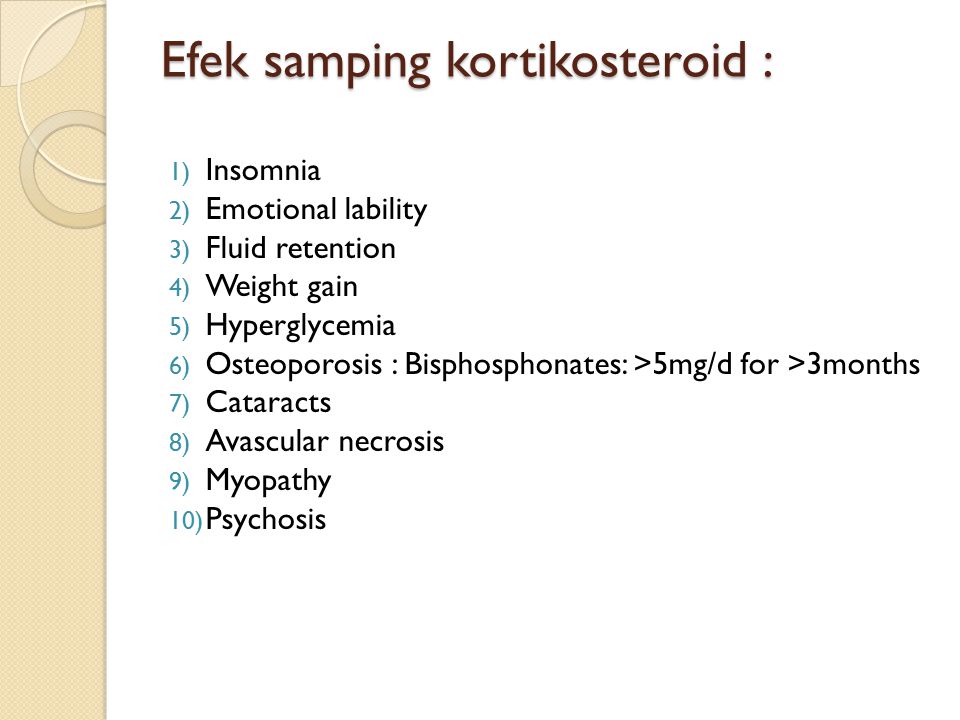 Thus, etiotropic therapy can be carried out by a psychiatrist, neurologist, endocrinologist, internist, cardiologist and doctors of other specialties, including conservative and surgical procedures. Specific treatment methods include:
Thus, etiotropic therapy can be carried out by a psychiatrist, neurologist, endocrinologist, internist, cardiologist and doctors of other specialties, including conservative and surgical procedures. Specific treatment methods include:
- Individual psychotherapy. Sessions are aimed at identifying internal conflicts, fears, correcting self-perception, restoring control over one's own body and its reactions. Methods of cognitive-behavioral therapy, auto-training with relaxation, art therapy are used.
- Group psychotherapy. Attending trainings makes it possible to improve the social adaptation of patients, increase self-confidence, restore focus and motivation for activity. In a group, the patient learns the skills of effective communication, conflict resolution, has the opportunity to observe and analyze the reactions of others.
- Consulting. The psychotherapist tells family members about the causes of emotional lability, the features of manifestations, and the prognosis.
 Gives advice on how to respond to fluctuations in the patient's mood, how to adjust relationships and daily routine to speed up recovery.
Gives advice on how to respond to fluctuations in the patient's mood, how to adjust relationships and daily routine to speed up recovery. - Medical correction. The use of drugs is shown to reduce anxiety, tension, depression, restore emotional calm. The psychiatrist prescribes tranquilizers, sedatives, antidepressants, and in case of severe behavioral disorders, neuroleptics in the minimum dosage.
Group psychotherapy
Prognosis and prevention
The prognosis depends on the course of the underlying disease, but a competent approach to treatment can always significantly improve the quality of life of patients, compensate for the symptoms of emotional disturbance with relaxation and self-regulation skills. The most effective way of prevention is the rational organization of work and rest. Periods of intense mental work should be replaced by physical activity (preferably in the fresh air). With signs of fatigue, you need to take a break, switch to another type of activity.
